


HAS OWNERSHIP
FALLEN OUT
OF FASHION?
Exploring the relationship between fashion and technology and the evolving landscape that is the secondary market.
The fashion industry has a strange relationship with technology.
Why does the Fashion Industry treat tech like a seasonal trend?
The secondary market is creeping up on the luxury market.
How might AI-driven entertainment redefine our relationship with anticipatory content?
AI Forecasting in Fashion has a Big Sustainability Problem.
AI forecasting is a noisy guess masquerading as an objective analysis — and manufacturers know it.


